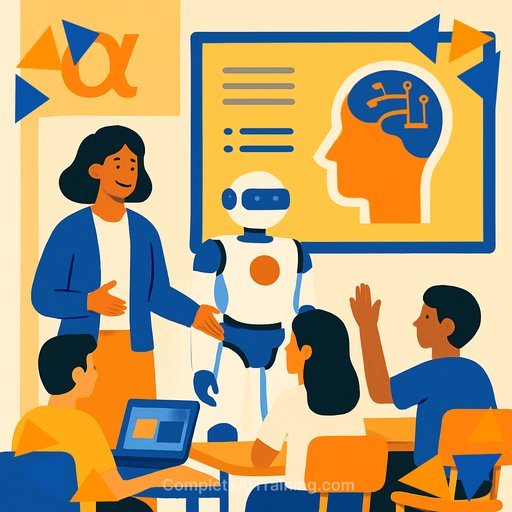What Past EdTech Failures Teach Us About AI in Schools
For over a century, tech leaders have told schools to adopt the next big thing fast. Thomas Edison once claimed film would replace textbooks because it was "100% efficient." We know how that turned out.
The same pressure is back with AI. But there isn't a single example of a district, state, or country that embraced new digital tools first and gained lasting advantages for students. Tech is easy to install; good learning takes time, culture, and practice.
We've Been Overconfident Before
In the 2000s, we taught students to judge websites with checklists like CRAAP, to trust .org or .edu over .com, and to avoid Wikipedia. It sounded sensible. It wasn't.
In 2019, research showed these methods failed. Experts used a different tactic: leave the page and check what other credible sources say about it. That approach-lateral reading-was faster and more accurate. We'd taught millions to search the web poorly. See the Stanford History Education Group's work on lateral reading for details: Civic Online Reasoning.
Today, AI frameworks, workshops, and apps promise tutoring, lesson planning, and writing help. Most claims have thin evidence. Yet AI is an "arrival technology"-it shows up whether you invite it or not, then starts rearranging the furniture. Teachers feel the pressure, and they shouldn't be left to figure it out alone.
A Practical Path: Humility, Experiments, Assessment
While the research community builds stronger evidence, educators can run smart, local trials. Use these three guideposts.
- Humility: Tell students and staff that policies and practices are working theories. What you teach about AI now may change in a few years. Normalize updates.
- Targeted experiments: Choose where to go bold and where to be careful. In an elective filmmaking course, one teacher lets students use AI for scripting, technical planning, and problem-solving. Students still do the real work: making films. That approach makes sense there. A ninth-grade English course, where students first learn core writing habits, likely needs tighter guardrails.
- Local assessment: Every time you try a new AI practice, collect pre-AI work (e.g., 2022 lab reports) and compare it to post-AI work. Did clarity, evidence use, or conceptual thinking improve? If yes, keep going. If not, adjust.
What to Do Next in Your District
- Set principles and guardrails: Clarity on transparency, privacy, academic integrity, and teacher discretion. Commit to revisiting these quarterly.
- Pick 2-3 pilot areas: Examples: formative feedback on science labs, lesson-planning assistance, multilingual supports for family communication. Define what AI can and cannot do in each pilot.
- Build teacher learning loops: PLCs share artifacts, prompts, outcomes, and failures. Short cycles (4-6 weeks), visible results.
- Talk with families and students: Explain the purpose, boundaries, and expected student role. Invite concerns early.
- Measure what matters: Use rubrics aligned to your goals (argument quality, evidence, transfer). Don't confuse AI polish with student thinking. Track well-being and workload, too.
The Long View
By 2035, we'll know much more. AI might resemble the web-useful, manageable risks-or it might look more like smartphones-benefits overshadowed by distraction and dependency. The goal isn't to be first. It's to be right.
If your team wants structured practice with AI skills and teacher-friendly workflows, explore curated options at Complete AI Training.
Your membership also unlocks:






